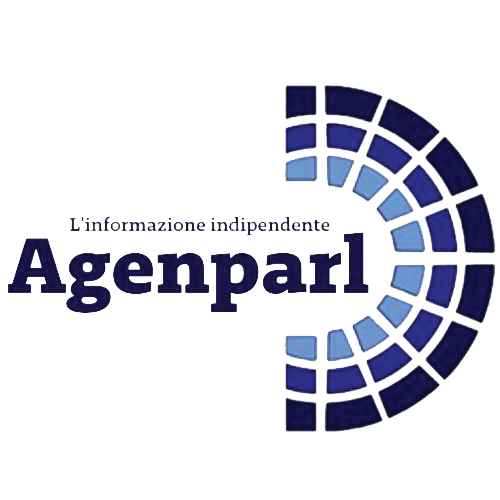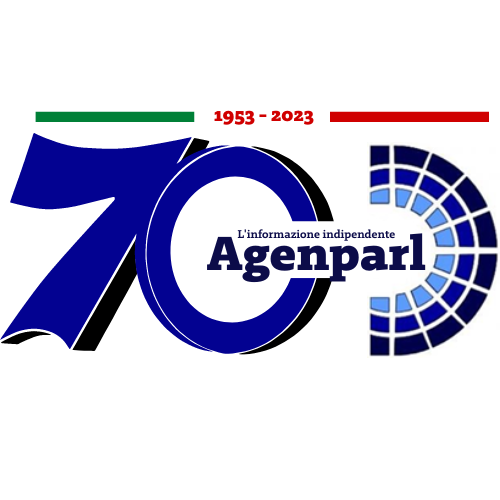 (AGENPARL) - Roma, 13 Gennaio 2023
(AGENPARL) - Roma, 13 Gennaio 2023(AGENPARL) – ven 13 gennaio 2023 Da Istat: Nota mensile sull’andamento dell’economia italiana_novembre e dicembre 2022
Ufficio Stampa Istat
Sportello giornalisti: lunedì-venerdì 9.00-19.00
UNISCITI AL NOSTRO CANALE TELEGRAM
Istat Comunicati stampa
INFORMAZIONI SULLA PROTEZIONE DEI DATISi prega di prendere visione dell’informativa presente sul sito istituzionale, accessibile attraverso il seguente link:
Testo Allegato:
-1045210-9715500At the end of the year the international environment was characterised by a gradual deceleration of inflationary pressures triggered by restrictive monetary policy and moderation in energy commodities prices. In November, the seasonally adjusted industrial production index decreased by 0.3% compared with October. The fall was diffused to all the sectors but instrumental goods.The number of employed and unemployed people declined moderately in November, while a marginal rise was recorded for inactive persons. Overall, the unemployment rate remained unchanged at 7.8%.The Italian harmonised index of consumer prices (HICP) in December increased by 12.3% on annual basis, slightly decelerating from the previous month. The differential with the euro area average increased further and it is now above 3 percentage points.The outlook for the coming months has continued to improve. In December, both consumer and business confidence improved for the second month in a row. -50885415638500.1. MERCHANDISE WORLD TRADE IN VOLUME AND PMI GLOBAL COMPOSITE NEW EXPORT BUSINESS (index base 2010=100 ; >50 = growth)2. ECONOMIC SENTIMENT INDICATOR (index base 2010=100; seasonally adjusted)Source: CPB and IHSSource: European CommissionThe international environment At the end of the year the international environment was characterised by a gradual deceleration of inflationary pressures triggered by restrictive monetary policy and a moderate fall in energy commodities prices. World merchandise trade volume decreased by 1.6% in October compared to the previous month (+0.1% in September). Both imports and exports have fallen globally, particularly in the euro area and advanced Asia. In December, the PMI Global composite new export business remained below the expansion threshold for the tenth month in a row, suggesting that international trade will decrease further in the coming months (Figure 1). In November, the euro area seasonally-adjusted unemployment rate was 6.5%, stable compared with October and the seasonally adjusted volume of retail trade increased by 0.8%. Euro area annual inflation according to the flash estimate is expected to be 9.2% in December, down from 10.1% in November. Looking at the main components, energy is expected to have the highest annual rate in December, followed by food, alcohol & tobacco, non-energy industrial goods and services.The outlook for the euro area has continued to improve. In December, the Economic Sentiment Indicator (ESI) increased for the second month in a row (+1.8 points, Figure 2) remaining, however, below its long-term average. The increase was driven by upturns in all surveyed sectors and, in particular, in retail trade, services and among consumers. At national level, the ESI increased in Germany (+2.0 points), Spain (+1.9), Italy (+0.9), while it eased again in France (-1.3).The ECONOMIC SITUATION IN ITALY In November, the seasonally adjusted industrial production index decreased by 0.3% compared with October. In the period September-November, the index decreased by 1.0% with respect to the previous three months. As for international trade, in October seasonally-adjusted data, compared to the previous month, decreased by -1.1% for outgoing flows and by -5.5% for incoming flows. Trade balance deficit in the same month amounted to -2,123 million Euros. In November, in seasonally adjusted terms, exports to non EU countries increased by 8.3% and imports decreased by 3.4% compared with the previous month. In November, the number of employed and unemployed people declined, while a marginal rise was recorded for inactive persons. The decline of unemployed persons (-0.8%, -16 thousand) involved both genders and people under the age of 35. Overall, the unemployment rate remained unchanged at 7.8%. In the same month estimates for seasonally adjusted index of volume sales increased by 0.4% in the month on month series.According to preliminary estimates, in December the Italian consumer price index for the whole nation (NIC) increased by 11.6% with respect to December 2021 (from +11.8% in the previous month). In 2022, the average annual rate of change of consumer prices, measured by NIC, was +8.1% (+1.9% in 2021); core inflation, excluding energy and unprocessed food, was +3.8% (from +0.8% in 2021) and inflation excluding energy was +4.1% (+0.8% in 2021). The deceleration of the growth on annual basis of All-item index was mainly due to the prices of Non-regulated energy products (from +69.9% to +63.3%), and of Unprocessed food (from +11.4% to +9.5%) and of Services related to transport (from +6.8% to +6.0%). On the contrary, the prices of Regulated energy products (from +57.9% to +70.3%), of Processed food including alcohol (from +14.3% to +14.9%), those of Services related to recreation including repair ad personal care (from +5.5% to +6.2%) and those of Services related to Communication (from +0.2% to +0.7%) speed up. In December, core inflation (excluding energy and unprocessed food) was 5.8% (from +5.6% in the previous month) and inflation excluding energy was +6.2% (from +6.1%). In the same period, the Italian harmonised index of consumer prices (HICP) increased by 12.3% on annual basis (from +12.6% in November). The differential with the euro area average increased further. In 2022 the average annual rate of change of HICP was 8.7% (+1.9% in 2021).Both consumer and business confidence, in December, improved for the second month in a row (respectively from 98.1 to 102.5 and from 106.5 to 107.8). For consumers, the improvement was particularly evident in the economic climate index, while a more gradual growth was registered for the other components. For technical and methodological information:Roberta De Santis rdesantis@istat.it
